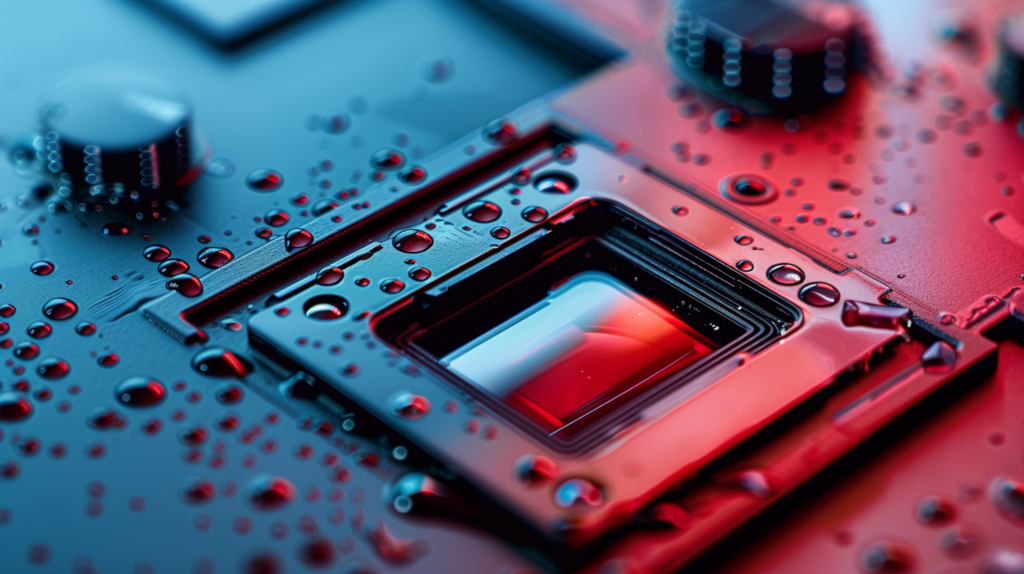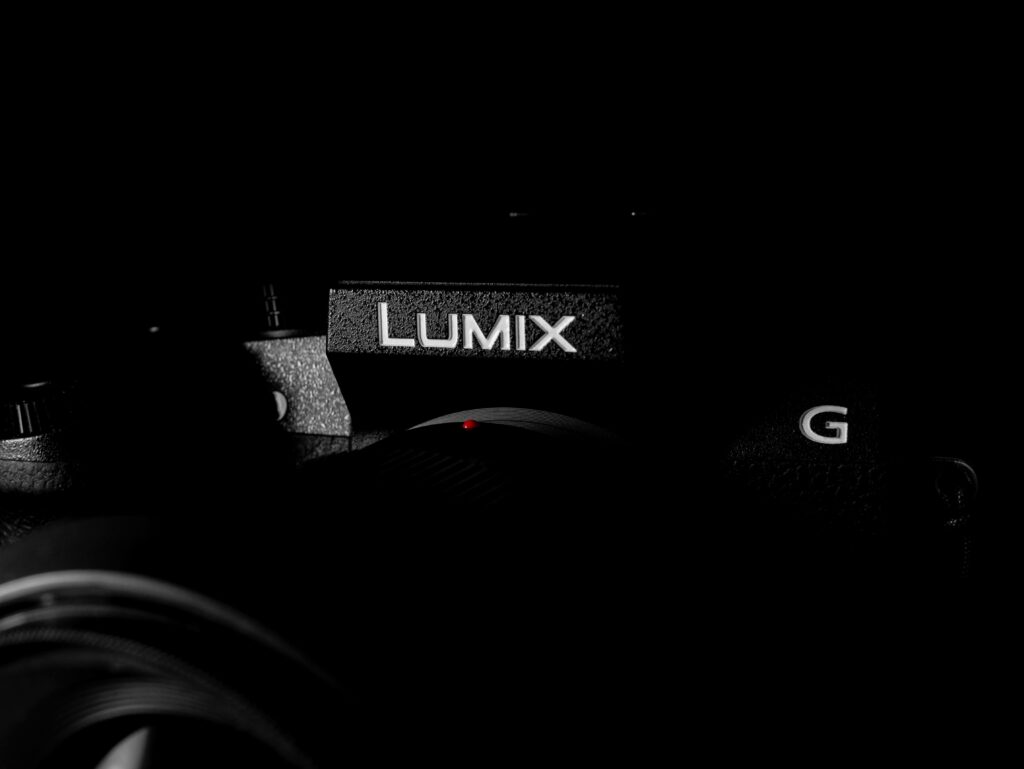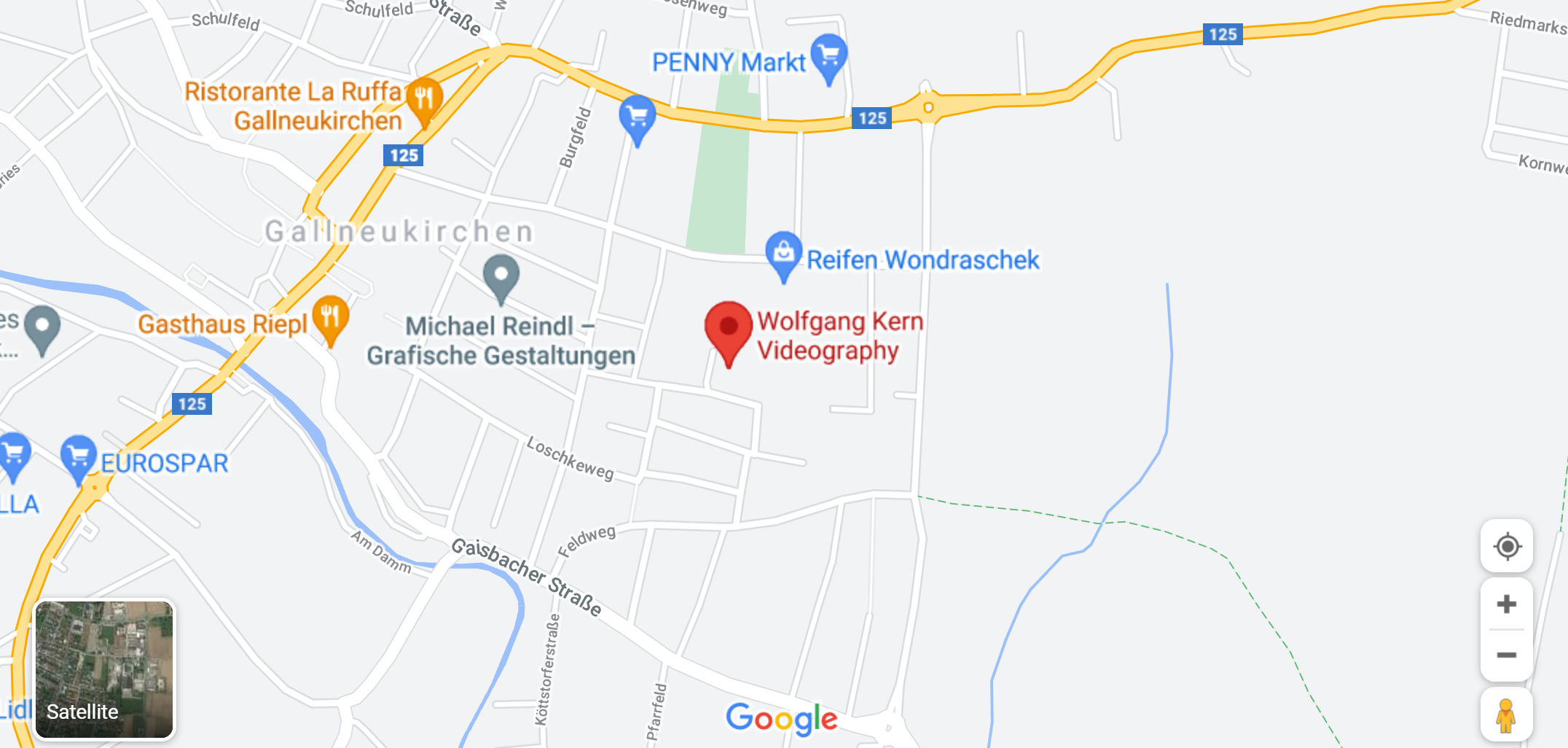Choosing your first camera: technical aspects in detail
Choosing your first camera is an important step for any aspiring photographer or filmmaker. In addition to the budget and personal preferences, technical aspects play an important role. In this blog post, we'll look at some of the most important points you should consider when making your decision, going into great detail.
Resolution:
Resolution describes the number of pixels that an image or video sensor can capture. Higher resolutions like 4K or 6K offer more detail and editing flexibility, but are also more computationally intensive and require more storage space.
- 1080p (Full HD): 1920 x 1080 pixels - Was the standard for videos for a long time, but is no longer sufficient for professional productions.
- 4K (Ultra HD): 3840 x 2160 pixels - Offers significantly more detail and is ideal for high-resolution videos and photos.
- 6K: 6144 x 3456 pixels - even more details, but also higher requirements for hardware and storage space.
- 8K: 7680 x 4320 pixels - Currently the highest possible resolution for consumer cameras, but not yet widely used.
Sensor size: An important factor in image quality
Sensor size is one of the most important factors affecting a camera's image quality. Larger sensors offer several advantages:
- Better image quality in low light: Larger sensors can capture more light, resulting in a less noisy image in low light conditions.
- Shallow depth of field: Larger sensors allow you to shoot with a shallower depth of field, blurring the background and highlighting the subject.
- Better dynamic range: Larger sensors can capture a greater dynamic range, meaning they can capture more detail in the shadows and highlights of an image.
Comparison of different sensor sizes:
- Micro Four Thirds: This sensor size is relatively small and compact, but still offers good image quality. It is ideal for beginners and photographers looking for a compact and lightweight camera.
- APS-C: This sensor size is slightly larger than Micro Four Thirds and offers better image quality, especially in low light. It is ideal for advanced photographers and videographers looking for a good balance between size and image quality.
- Full format: This sensor size is the largest and offers the best image quality. It is ideal for professional photographers and videographers who have the highest demands on image quality.

Open Gate:
Open Gate refers to the mode in which the camera sensor reads out the full resolution without cropping. This allows for more flexibility when editing images, as you can later zoom into the image and select sections. Most cameras only offer Open Gate in higher resolutions like 4K or 6K.
Portrait format:
Portrait format videos are increasingly being used for social media platforms such as Instagram and TikTok. Make sure your camera supports this feature. Many cameras now offer automatic detection of the portrait format, so you don't have to shoot your videos separately.
FPS (Frames per Second):
The frame rate (FPS) describes the number of images captured per second. Higher frame rates result in smoother movements, but are also more computationally intensive and require more storage space.
- 24 FPS: Standard for cinema films and gives videos a cinematic look.
- 30 FPS: Standard for television broadcasts and videos on the Internet.
- 60 FPS: Ideal for slow motion recordings and fast movements.
- 120 FPS: For extremely smooth slow motion recordings and slow motion effects.
8 Bit vs. 10 Bit:
Bit depth describes the number of color information stored per pixel. 10 bit offers a higher color depth and therefore more details and color nuances. This is especially important when editing videos, as color correction can cause details to be lost.
- 8 Bit: Standard for many consumer cameras, but no longer sufficient for professional productions.
- 10 Bit: Ideal for professional productions and color grading.
- 12 Bit: Offers the highest color depth and is ideal for HDR productions.
MP4 vs. RAW:
MP4 is a compressed video format that is easy to share and edit. RAW, on the other hand, is an uncompressed format that offers more detail and flexibility when editing.
Advantages of MP4:
- Smaller file size
- Easier to share and edit (depending on compression)
- Compatible with many devices
Disadvantages of MP4:
- Less details and flexibility in editing
- Loss of image information due to compression
Advantages of RAW:
- More details and flexibility in editing
- No losses due to compression
- Ideal for color grading
Disadvantages of RAW:
- Larger file size
- More difficult to edit
- Not compatible with all devices
LOG for color grading:
LOG profiles are often used in professional productions to achieve greater dynamic range. This means more detail is retained in the shadows and highlights, allowing more latitude when color grading. However, LOG footage typically needs to be edited in a non-linear editing (NLE) program such as DaVinci Resolve or Premiere Pro to display the colors correctly.
Cameras with LOG profiles:
- Panasonic Lumix GH5/GH6
- Sony A7IV/A7S III
- Blackmagic Pocket 6K/BMPCC 6K Pro
- Red Komodo
- Canon EOS R5/R6
- Nikon Z 6II/Z 7II

Example cameras:
- Panasonic Lumix GH5/GH6: Micro Four Thirds cameras with 4K or 5.1K video and 10 bit color depth. Ideal for photographers and videographers looking for a compact and versatile camera with LOG function
- Sony A7IV/A7S III: Full-frame cameras with 4K or 8K video and 10-bit color depth. Offer excellent image quality, autofocus performance and LOG profiles for professional applications.
- Blackmagic Pocket 6K/BMPCC 6K Pro: Super 35mm or FullFrame cameras with 6K video and 12 bit RAW recording. Ideal for professional productions and demanding film projects with LOG recording.
- Red Komodo: Compact 6K cinema camera with 16-bit RAW recording and LOG function. Professional tool for high-end film productions.
- Canon EOS R5/R6: Full-frame cameras with 4K video and 10-bit color depth. Offer high-resolution photos and videos with LOG function for professional requirements.
- Nikon Z 6II/Z 7II: Full-frame cameras with 4K video and 10-bit color depth. High resolution and image quality with LOG options for creative film projects.
Conclusion:
Choosing your first camera depends on your individual needs and budget. Compact system cameras with 4K video and 10-bit color depth are suitable for entry-level use. Advanced users and professionals need cameras with higher resolution, RAW recording and LOG profiles.
Additional points:
- Image stabilization: For blur-free videos, especially important at 4K and higher resolutions.
- Autofocus: Fast and accurate autofocus is important for video recording and photos of moving objects.
- Lenses: Invest in high-quality lenses to improve your camera's image quality.
- Storage space: Use fast, high-capacity memory cards to store 4K and RAW videos.
- Software: Use NLE programs like DaVinci Resolve or Premiere Pro to edit and color grade your videos.
